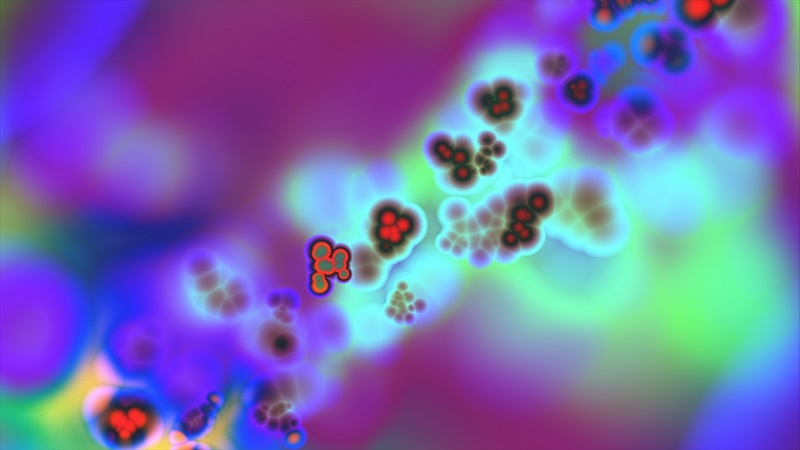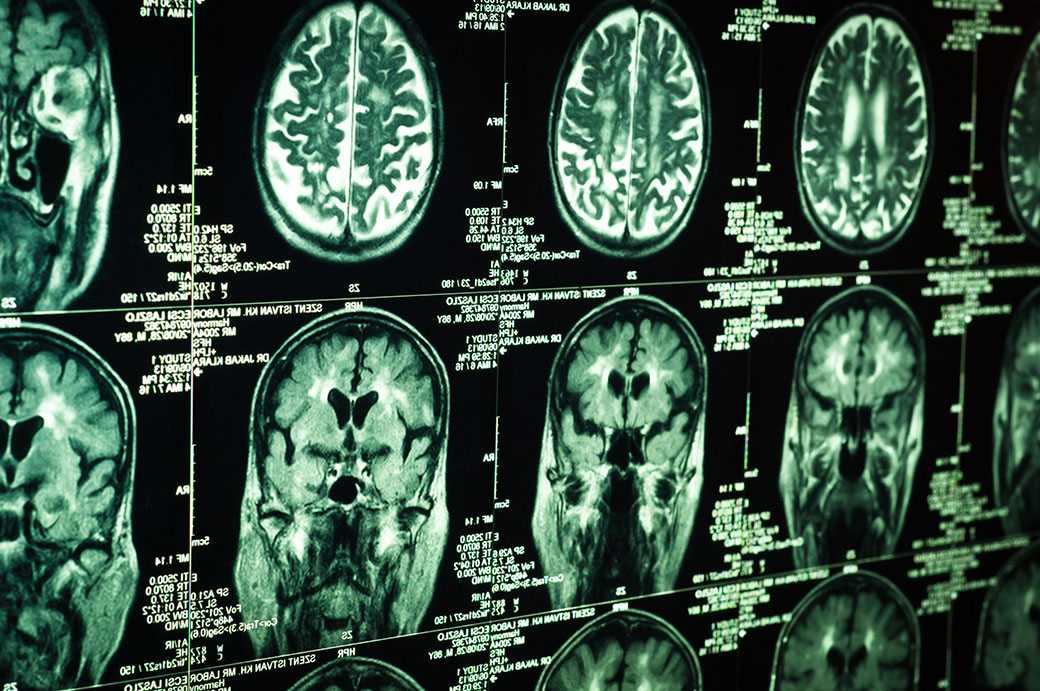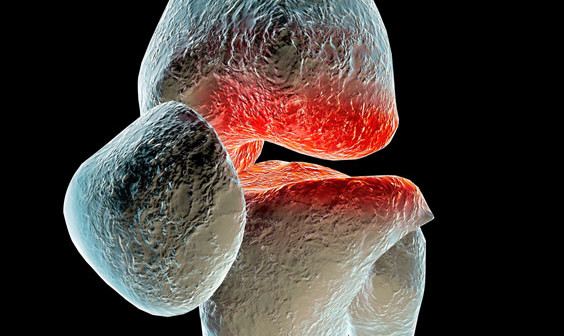The race against time to develop new antibiotics is more important than ever. A Wellcome Trust 2016 study predicted the present rate of emerging new virulent bacterial strains will outstrip the U.S. Food and Drug Administration approval rate for new antimicrobial agents by 2050—which means deaths from antimicrobial resistant strains will exceed deaths from cancer. Current studies show that in the United States, more than 23,000 deaths occur annually due to drug-resistant bacteria. Worldwide, the number is 700,000 deaths.
Erkii Ruoslahti, MD, PhD, distinguished professor at SBP, recently co-authored a study published in the journal Nature Communications that describes the first example of an effective gene therapeutic approach to fight lethal bacteria infections. The method uses a nanotherapeutic to deliver short interfering RNA (siRNA) that targets immune cells to bolster the immune system. The method was successfully used against a lethal bacterial infection of Staphylococcus aureus pneumonia in mice.
Until now, delivering siRNA-based therapeutics in the body has been difficult because of barriers built by both the body and by bacteria. These barriers have impeded the progress of gene therapeutic treatment of bacterial infections, including siRNA therapeutics.
To remedy this, the research team generated a porous nanoparticle host that protected siRNA payload from premature degradation in the blood stream. A peptide molecule engineered by Ruoslahti and Hong-Bo Pang, PhD at the University of Minnesota, was added to the surface of the nanoparticle that selectively attaches to immune cells called macrophages.
The researchers relied on the expertise of Ji-Ho Park, PhD, at the Korea Advanced Institute of Science and Technology (KAIST) to engineer a chemical coating, a fusogenic lipid, which allowed the nanoparticle to fuse with the cellular membrane and squirt the nanoparticle with its payload into the cell. The fusion mechanism also provided a means to induce dissolution of the silicon nanoparticles, releasing the siRNA therapeutic. This siRNA payload then reprogrammed the macrophage, activating it to engulf bacterial invaders.
The study was led by Michael Sailor, PhD, distinguished professor of chemistry and biochemistry at UC San Diego.




